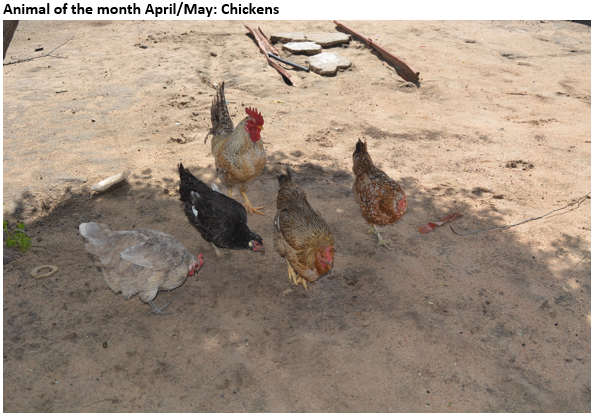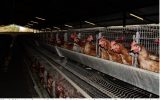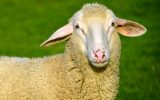Chickens are among some of the first animals that was domesticated by humans. They are non-ruminant, this relates to the way they process or digest their food. Their stomachs only have one compartment or chamber; therefore, they are not efficient at digesting plants that are high in cellulose. Chickens are raised for a variety of purposes and as a result, we have layers, broilers, dual-purpose breed and those that are kept for exhibition purposes. Layers are mainly raised for their ability to lay large and many eggs. A good layer should produce almost one egg per day. Broilers are specifically bred for the production of meat. Broilers only need 1.7 Kg feed (depending on environmental conditions) to produce 1 Kg of meat and they can be market ready within 35 – 42 days. In Namibia, the broiler industry offers a lot of room for growth.
Dual-purpose breed (meat and eggs), these chickens are well adapted for their capability to lay eggs, yet at the same time for production of meat. The exhibitor chicken are raised for show display. “Feeding” Trough feeders, tube feeders or pan feeders are used when chickens are farmed intensively. A tube feeder consists of a cylindrical tube with a pan beneath it. When chickens eat from the pan, the feed falls from the cylinder into the pan below. A pan feeder is also a plastic mechanism that is used to distribute chicken feed through a chicken house. The pan feeders are connected to a pipe that has a spiral running through it that is continuously rotating to move the food along. Chickens need a diet consisting of the proper quantities and properties of foods to maintain healthy growth and production. A balanced diet is one in which the chicken receive all the nutrients they need, in the right proportions. For instance, when a diet does not have enough protein, it results in poor growth. Broiler chickens will take longer to reach market weight and may fail to develop healthy feathers if they do not receive a balanced diet. For layers, if they lack protein their egg laying capacity will be reduced. Chickens with a calcium shortage find it difficult to walk or even to stand. They also lay soft-shelled eggs.




















